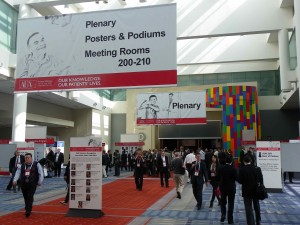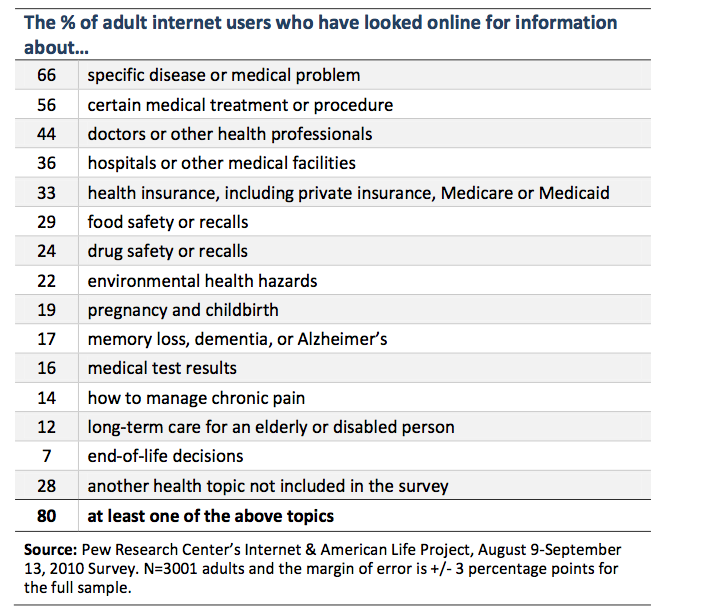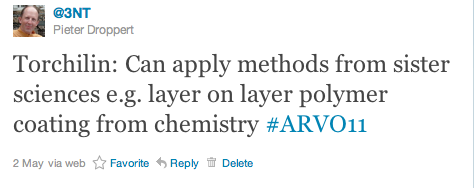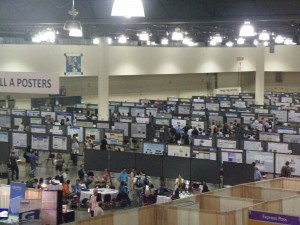
Biotech Strategy blog recently had the privilege to do a phone interview with Dr Todd Sherer, the Chief Program Officer of the Michael J Fox Foundation. In this two- part interview, Pieter Droppert asks what the MJFF approach to research funding is and what the future holds for Parkinson’s disease research?
Part 1: Research Funding
Research funding is key to science. Without it there would be no translational medicine that takes basic research and turns it into clinical applications that benefit humans. One organization that is making a difference and bridging the gap between patients and research is the Michael J Fox Foundation (MJFF).
Biotech Strategy Blog: What does a Chief Program Officer do?
Dr Sherer: My role as Chief Program officer is to lead the research efforts at the Michael J Fox Foundation. My background is as a neuroscientist so I have a PhD in neuroscience, and my lab work was in Parkinson’s disease before I joined the foundation. At the foundation we have a number of additional scientists, seven in total. They work closely with people with business backgrounds in a collaborative way. What we are trying to do is apply business principles to scientific research. So, select the best scientific projects and then design them in a way where there are deliverables, milestones and goal directed research with the ultimate aim to improve treatment for Parkinson’s patients.
Biotech Strategy Blog: MJFF receives 800 grant applications a year, what is your approval process, is it similar to the National Institutes of Health?
Dr Sherer: It is modeled after the NIH process with the one main difference being that our internal scientific staff has a proactive role in making the final funding decisions. We take the peer review panel to help us evaluate, but the ultimate decision lies with our internal staff. We do a rapid turn around of those reviews so from receiving an application to funding is usually for us 3 to 4 months total.
Biotech Strategy Blog: What business principles do you use in managing the research that you fund?
Dr Sherer: One of the main things we do with every grant we make is laying out from the beginning: what is actually the goal of that grant. This probably seems logical, but actually a lot of scientific research is very open ended – it is kind of “let me see what I discover”. But we are really trying to define from the beginning: what are we trying to accomplish? Then what we can do is set milestones along the way to that goal to make sure during the course of the project, we are making the progress we need to achieve that goal.
Biotech Strategy Blog: Are grant payments linked to performance?
Dr Sherer: The payments for the grants are all tied to the milestones, and I would say that we are realistic in that we are experienced in how research works. This is not manufacturing, and we know that you can have the best plan, but it is all based on a hypothesis and things can come up in the course of the research. Our scientific staff here will always work closely with those grantees to make the rational adjustments in the plan based on what we are learning along the way.
Biotech Strategy Blog: In addition to the grant applications that you receive, does the Michael J Fox Foundation initiate its own projects?
Dr Sherer: Yes. We have identified specific priority topics within Parkinson’s disease, whether they be specific therapeutic targets, or something like a biomarker, where we are more proactively working with the research community to develop projects to address critical challenges in those areas. We also do conduct some research using a virtual research model where the scientists here may outsource some work with contract research organizations. We have been particularly doing that around research tools so that we can make those tools widely available to our researchers — things like antibodies, plasmids, vectors — we want to quickly get these made without any licensing or intellectual property restrictions and then make them broadly available to the research community.
Biotech Strategy Blog: Why does MJFF fund research by commercial entities e.g. biotechnology & biopharmaceutical companies?
Dr Sherer: The goal of the foundation, the goal of all the research that we are supporting is to develop new therapies for Parkinson’s disease patients. We understand that will involve all players in the research space, so it involves academic researchers. But really to convert those discoveries into therapies for people, we want to proactively engage and interact with the biotech and biopharma community because they are the ones who in the end make the therapies for patients. About 5 or 6 years ago we decided to more proactively outreach to the biopharma community to determine: if we provided funding, could we induce more companies to work in Parkinson’s disease or accelerate their work in Parkinson’s disease.
Biotech Strategy Blog: What types of biotech & biopharma companies do you fund?
Dr Sherer: There are some companies that have worked in related diseases, like another neurodegenerative disease, and our funding allows them to apply that technology to Parkinson’s disease. Another category would be a platform type of company that we have supported, where they could really go to any disease, but the Fox funding allows creates a rationale to choose Parkinson’s. Then we have funded some companies who are interested in Parkinson’s but for budgetary reasons have made some trade-offs in the design of that study. With additional funding from the foundation they can increase the sample size, hone the end points or what have you, to really make that study more robust. We have seen a lot more companies working in Parkinson’s as a result of this outreach.
Biotech Strategy Blog: Do you take any rights in any commercial research you fund?
Dr Sherer: In most of our projects we do not have any stipulation like that, particularly in the case where we are funding some preclinical testing. That said, in our largest, multi-million dollar grants, particularly those in late-stage clinical development, we usually have an agreement that there is a return payment after some amount of sales. That is more the exception than the rule.
Biotech Strategy Blog: Thank you
Part 2 of this interview with Dr. Todd Sherer, Chief Program Officer of the Michael J. Fox Foundation, will provide insight on the current status of research into Parkinson’s disease, and what we can expect the future to hold?
 There is a lot of focus at the annual meeting of the American Urological Association (AUA) here in Washington DC on metastatic castrate resistant Prostate Cancer (mCRPC), and the recently FDA approved adrenal steroid inhibitor, abiraterone acetate (Zytiga®).
There is a lot of focus at the annual meeting of the American Urological Association (AUA) here in Washington DC on metastatic castrate resistant Prostate Cancer (mCRPC), and the recently FDA approved adrenal steroid inhibitor, abiraterone acetate (Zytiga®).




 For those unable to attend, a large number of poster presentations are now available online with free access.
For those unable to attend, a large number of poster presentations are now available online with free access.
